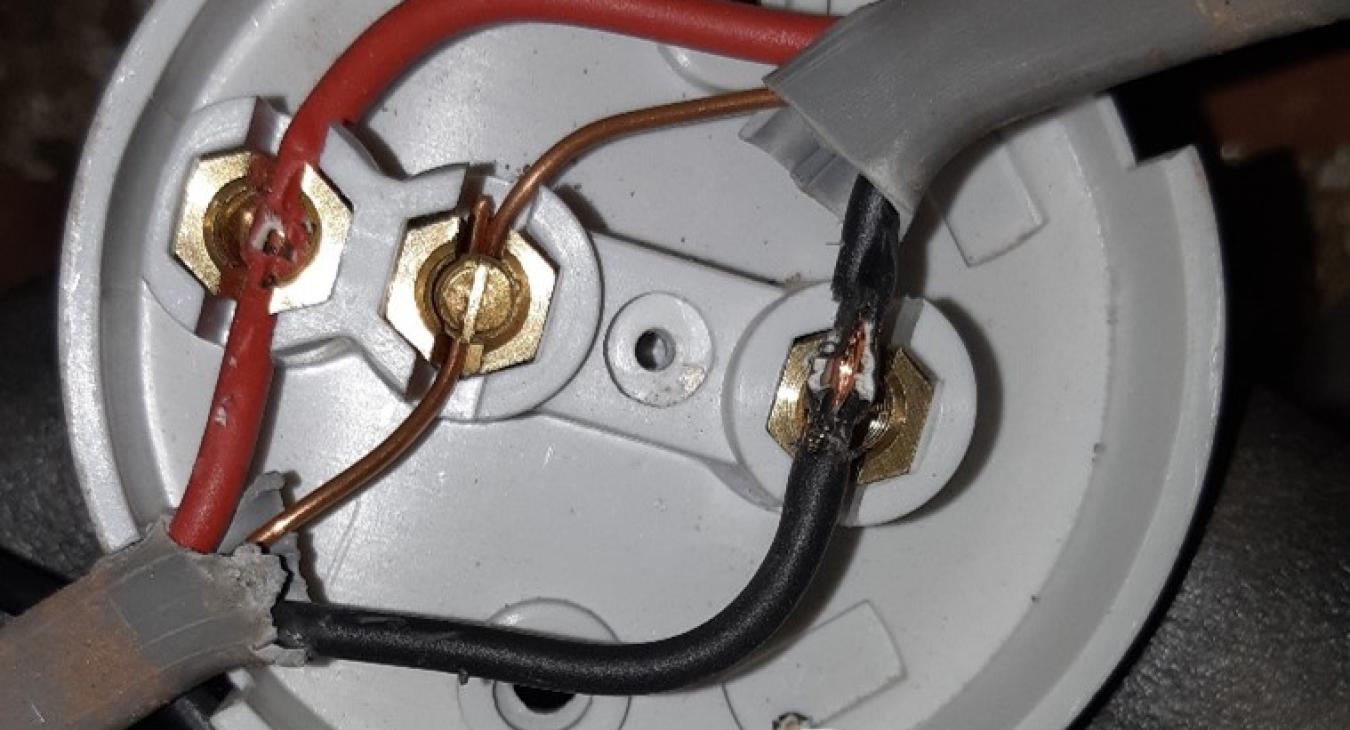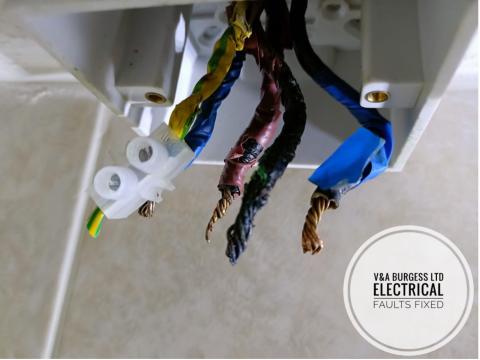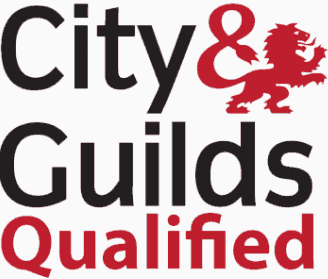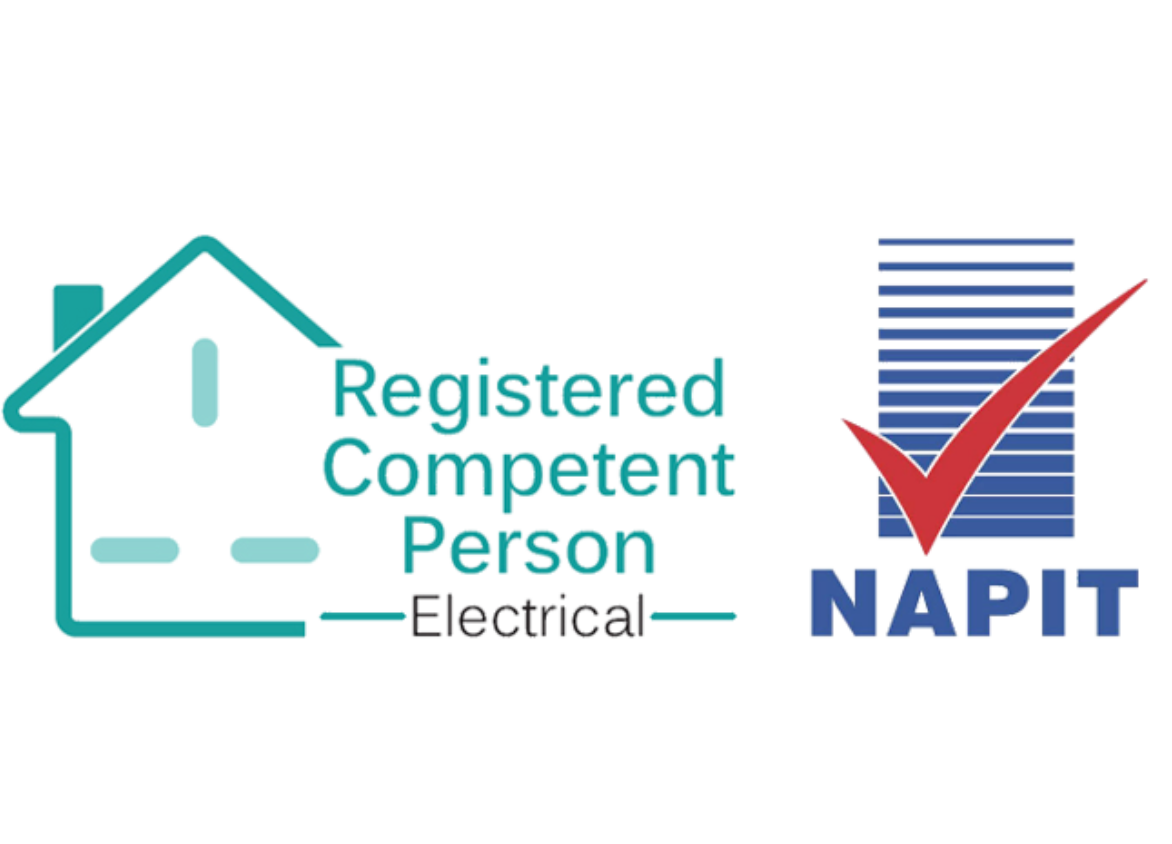
Table of Contents
The forgotten place in our homes for most of us until once a year when the Christmas decorations need to come down. There are many cables in most lofts across the country. The loft is a perfect void to run cables in and also a place that is likely not to be frequented often.
We regularly see wiring in the loft that is poor. Often out of sight out of mind. Lofts can be dusty and dangerous places. There is a risk of falling through the ceiling in lots of lots and any electrical work that is carried out can be rushed and that is when things can go wrong.
The photograph here is of a junction box that was installed in a loft. There were many things wrong with this. The cables and junction box were not secured in any way to anything creating a trip hazard over a live wire. The earth (or CPC) cable has no insulation or sleeve over it. The Line and Neutral wires have had their insulation poorly removed. This junction box had a third cable inserted which only partially contacted this wire we can see here. The result of this poor installation work is that there was arcing happening on the Line and Neutral wires and would have almost certainly resulted in a fire happening at some point. I found this and disconnected the attached socket and made safe.
There was no need for how poorly this was installed. It would have taken a short time longer to correctly install this loft wiring. We do not typically spend a lot of time in a loft during our normal electrical inspections however we will look around if access is easy and clear to see around.
Wiring in lofts can often be forgotten as we spend such little time up there. It is important to remember that wiring in the loft needs to be carried out carefully. We store a lot of materials in the typical loft space and if there were to be a fire due to poor wiring then there is a lot of stuff to burn.
Back to top1) How should wiring in lofts be carried out?
Loft wiring should be carried out in accordance with the relevant version of BS7671 wiring regulations in force at the time. A copy of the wiring regulations is available here.
The guidance should be followed and care taken to ensure that no damage can come to installed cables, no external factors can affect the cables’ ability to carry the required electrical current and that any additional wiring will not cause overload or excessive stresses on the existing electrical system. Checks should also be made before extending any wiring to ensure that the earthing of the electrical system is in place and adequate.
Care should be taken when boarding out a loft to make sure that no damage can come to cables, junction boxes or other electrical equipment. Access should also be left to any electrical junctions that require maintenance.
When wiring is carried out in the loft, cables should ideally be kept away from loft hatch areas so as to avoid accidental damage when entering and exiting the loft.
Back to top2) Is Loft Wiring Dangerous?
Wiring in a loft is generally not dangerous. Wires are allowed to be installed in attic and loft spaces so long as the installation is carried out in line with the wiring regulations. A copy of the wiring regulations can be purchased on the link just above.
If you are concerned that YOUR loft wiring may be dangerous then an electrician should be consulted to clarify if any remedial work needs to be carried out to repair or rectify the dangerous wiring.
Generally speaking, loft wiring should not:
- Have unsecured or dangling cables
- Junction boxes with lids missing
- Single coloured cable insulation visible OUTSIDE an enclosure or junction box
- Be covered with insulation
- Be run too close to pipework
- Be likely to suffer mechanical or heat damage
If any of the above issues are present in your loft then ask an electrician to have a check to see if there are any potential dangers in your particular case.
Back to top3) Do Cables in Lofts need to be clipped?
Where possible, all wiring in lofts should be clipped. Clipping distances are laid out in the wiring regulations for best practice. The best place to clip wiring is around the edges of the loft where foot traffic is less likely to be and where objects are less likely to be stored.
Where cables need to run across the loft, it is best to clip them to the side of the joist, rafters as cables clipped directly on top of the joists is a bad idea and not only likely to be damaged at some point but possibly against regulations in some cases.
Failing to clip cables adequately is likely to be in breach of the wiring regulations and should be recorded on any electrical certification as a deviation from the wiring regulations along with the reasons why.
Back to top4) Is it OK to lay loft insulation over cables in lofts?
Generally, NO.
There are some circumstances where this MAY be acceptable, BUT this will often only relate to lighting cables as they are more often than not, adequately sized to carry electrical current whilst covered in insulation.
If in any doubt, the wiring regulations should be consulted OR a professional electrician who can confirm if the design of the electrical system allows for wires to be covered with insulation or not.
Back to top5) Is a loft light safe?
Lighting circuits in a roof space are usually fine so long as moisture and dirt cannot enter the electrical wiring, lights, or other electrical accessories. Electric cables should be sealed as much as possible at the entry point to light switches, light fittings, and any other electrical equipment.
This is best achieved by the use of the relevant gland to prevent dust and moisture from entering the electrics. Where possible, electric cables should be run on top of the insulation to avoid overheating and the risk of electrical fire. Cables installed in free air can easily dissipate their heat. A lighting circuit cable is often more than capable of handling the extra stress of being installed under insulation but you should check with a professional electrician to make sure this is the case in your attic space.
Back to top6) Is it ok to drill ceiling joists?
When installing new electrical wires, it may be tempting to drill ceiling joists but this may prove to be a bad idea. There is guidance in part p of the building regulations and also in BS7671 regarding the safe installation of wires and how they may affect the structure of the building.
Many ceiling joists that are present in the loft are not going to be of the correct size to withstand the stress of holes appearing within them. Floor joists between the two floors of a property are generally far more substantial and can often be drilled in specific locations so if in doubt, check the relevant documents and guidance before drilling and if unsure, contact a professional qualified electrician to ensure work is carried out the correct way.
Back to top7) Can I put stuff on top of cables?
I understand that many of us use the loft as a storage space and that can be a good idea if done correctly. In many instances, belongings are not carefully stored and can cause damage to electrical cables and put extra stress on loft joists. In older homes, there are often weaker timbers that may not be able to withstand these additional stresses.
Back to top8) When should an Electrical Inspection be done?
We cannot say it enough. Please have an electrical safety inspection carried out if you have not had one done in the last TEN YEARS.
An Electrician will check for electrical hazards, electrical connections, electrical cabling and the condition and operation of the consumer unit. They will let you know if there is a safety hazard that you need to deal with and also point out any old wiring that should be replaced.
Just because everything appears to work does not mean that everything is necessarily ok. If you are unsure about your wiring in the loft then call us or email us. We can come and perform a safety check on part or all of your home for you and give you some peace of mind if you are outside of our area then we may be able to recommend someone.
Back to top










